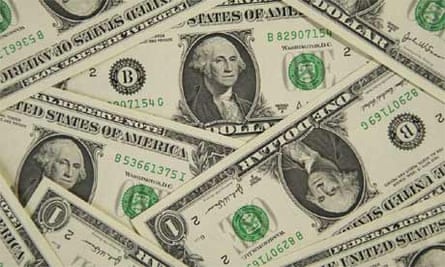90 of the dollar bills spent in the u s have small traces of cocaine on them

90% of the Dollar Bills Spent in the U.S Have Small Traces of Cocaine on Them
Did you know that your dollar bills could have traces of cocaine on them? According to a study conducted by scientists at the University of Massachusetts in Dartmouth, approximately 90% of the dollar bills spent in the United States contain small amounts of cocaine. This astonishing fact sheds light on the widespread presence of illicit drugs in our society.

But how exactly does cocaine end up on our money? The study suggests that the drug can transfer from person to person when handling cash, as notes circulate through various transactions. When individuals with cocaine on their hands come into contact with dollar bills, the drug can easily be transferred onto the surface of the notes.
These findings raise concerns about the extent of drug use and the potential health hazards associated with handling contaminated money. Although the amounts found on dollar bills are generally small, studies have shown that even trace amounts of cocaine can have adverse effects on human health. Additionally, prolonged exposure to such residues may pose risks, especially for individuals who handle cash regularly.
It is not surprising that drug residue can be found on dollar bills, considering the widespread use of drugs in society. Cocaine is one of the most commonly used drugs globally, and it is estimated that millions of people have come into contact with the substance at some point.
Furthermore, the study conducted by the University of Massachusetts in Dartmouth is not an isolated finding. Several previous studies have reported similar results, further confirming the presence of cocaine on a significant portion of U.S. currency. This widespread contamination serves as a reminder of the extent to which drugs are intertwined with our daily lives.
Governments and law enforcement agencies continuously strive to combat the illegal drug trade by implementing stricter controls, but the presence of cocaine on dollar bills indicates the magnitude of the challenge faced. It highlights the need for continued efforts to prevent drug abuse and to address the underlying factors that contribute to its prevalence.
In conclusion, the fact that approximately 90% of the dollar bills spent in the United States have small traces of cocaine on them is a startling revelation. It signifies the wide circulation of drugs within our society. While the amounts found on dollar bills are typically minimal, the findings raise concerns about the potential health risks and the need for continued efforts to combat drug abuse. Money, the very symbol of our economy, serves as a tangible reminder of the challenges we face in eradicating the scourge of illegal drugs from our communities.
Source: National Geographic - Cocaine on Money: Drug Found on 90% of U.S. Bills
Tags
Share
Related Posts
Quick Links
Legal Stuff

